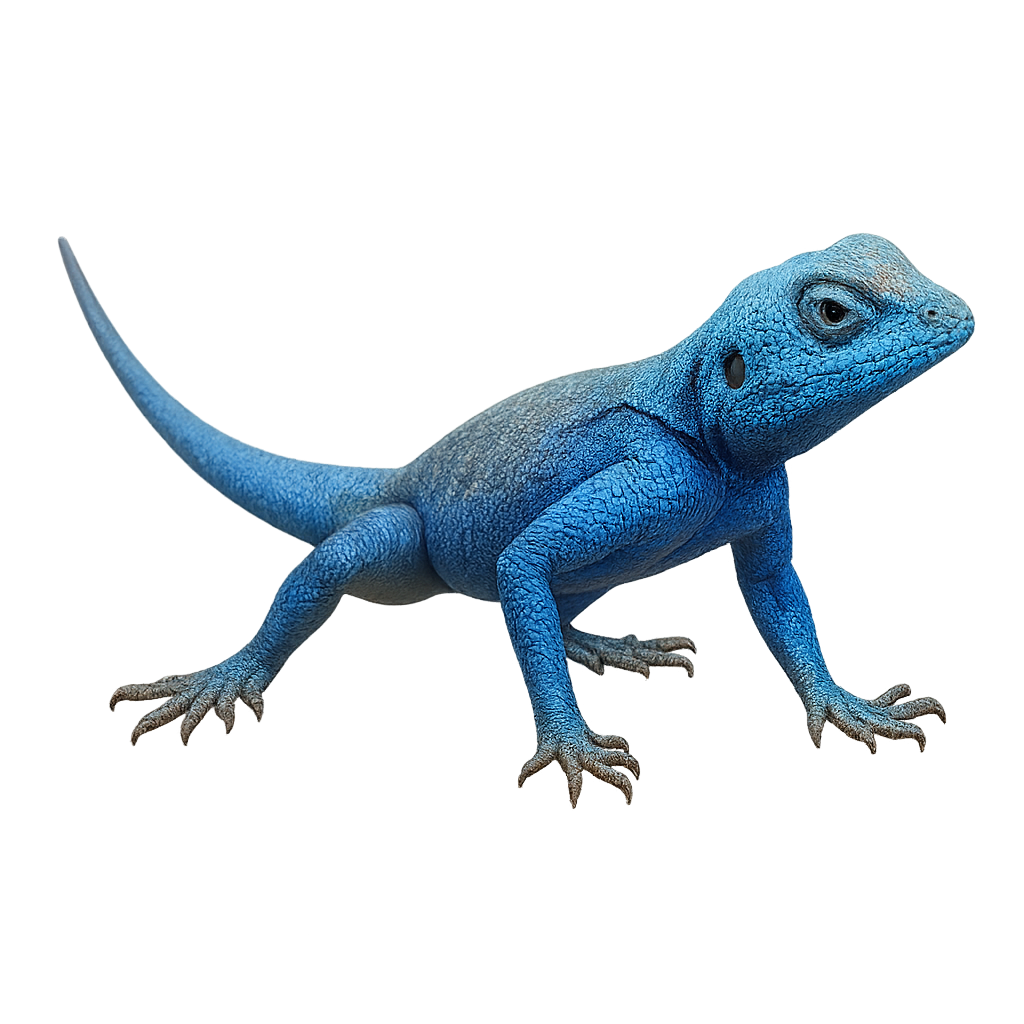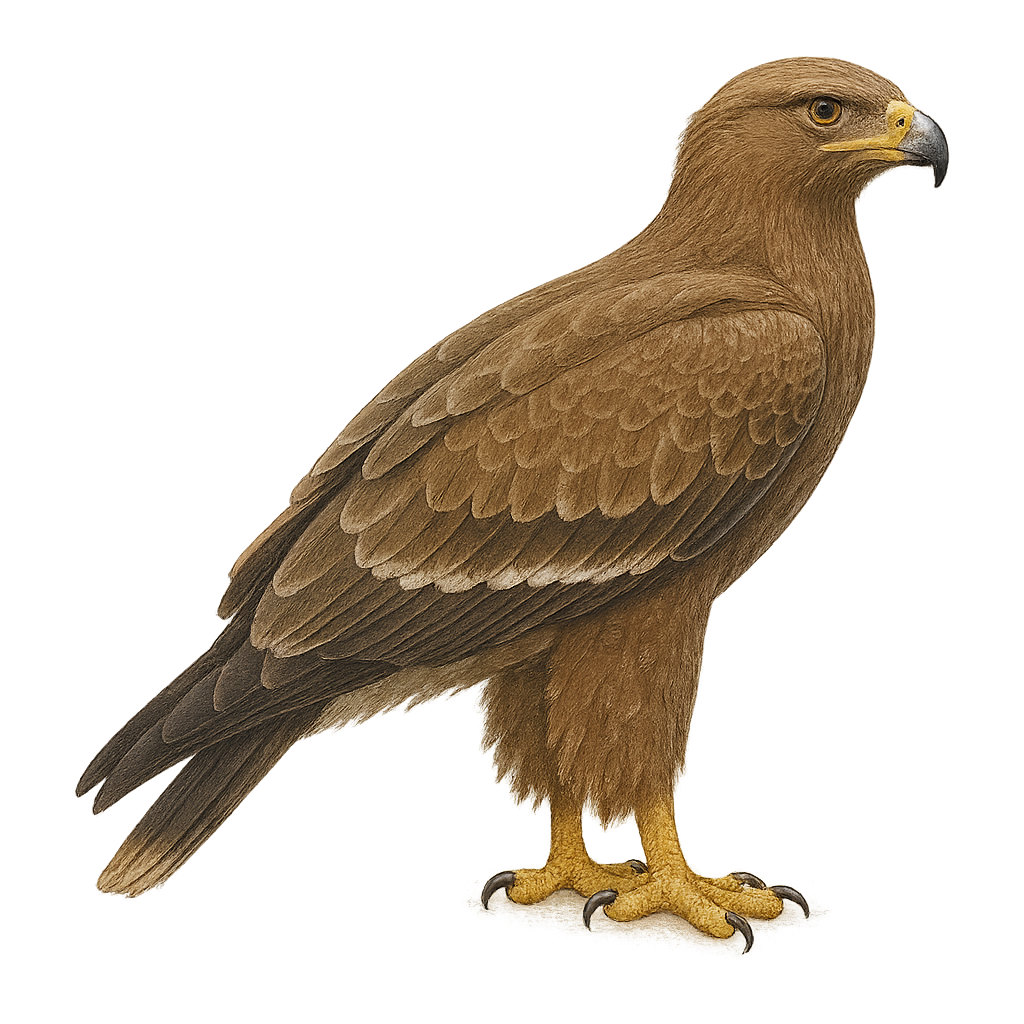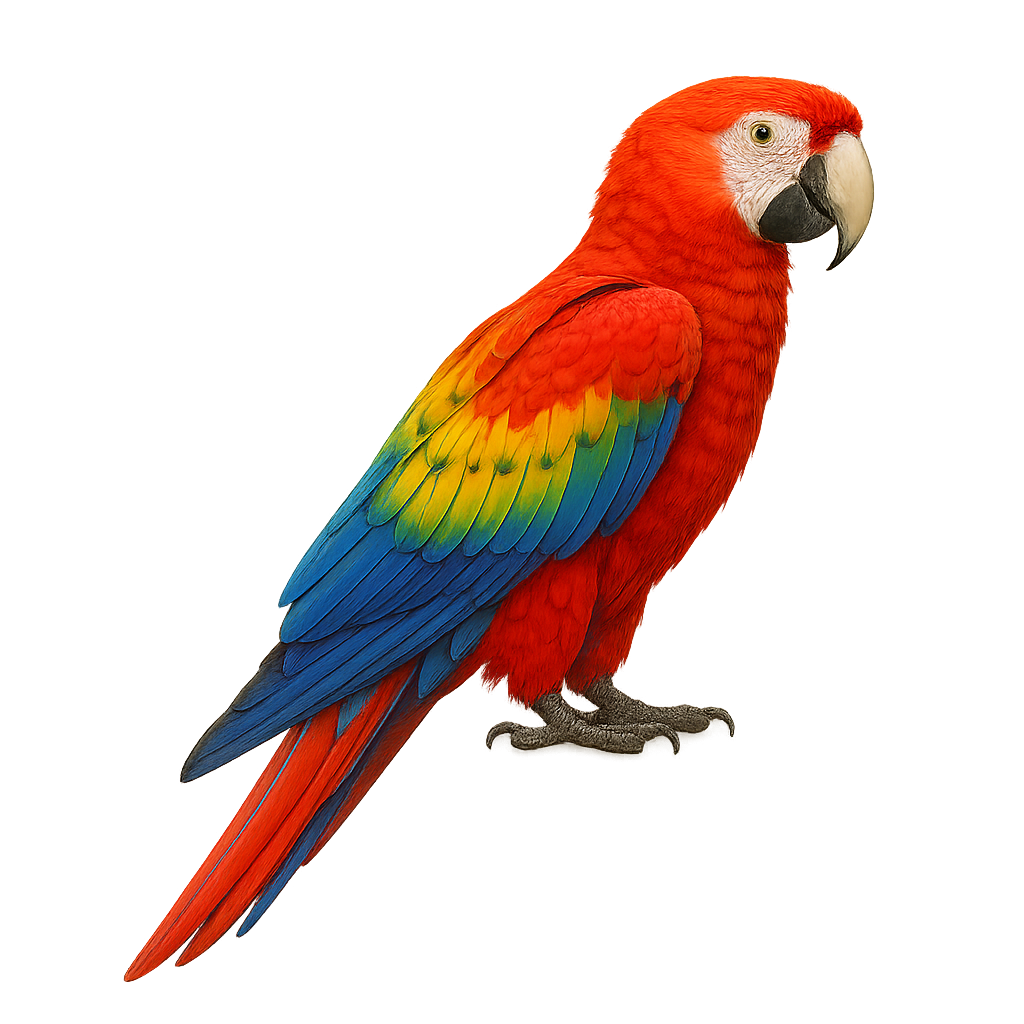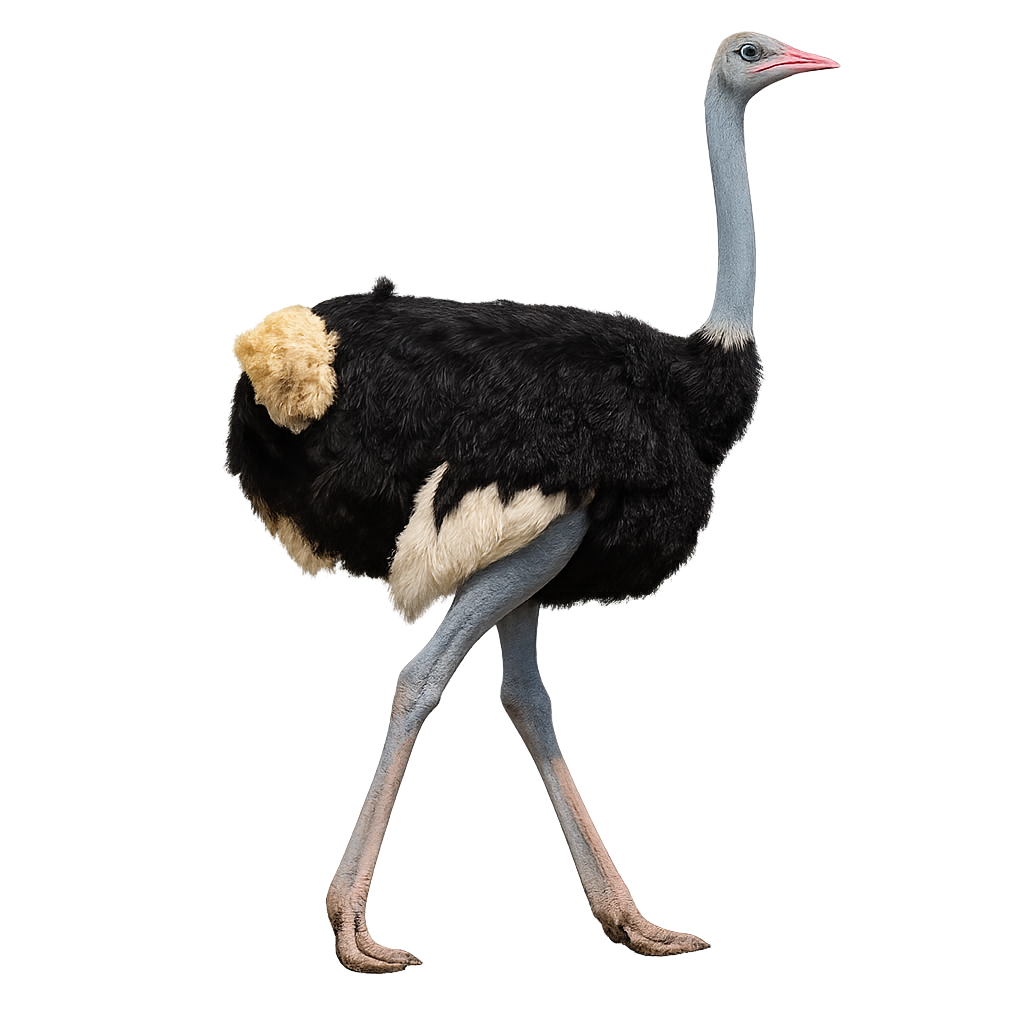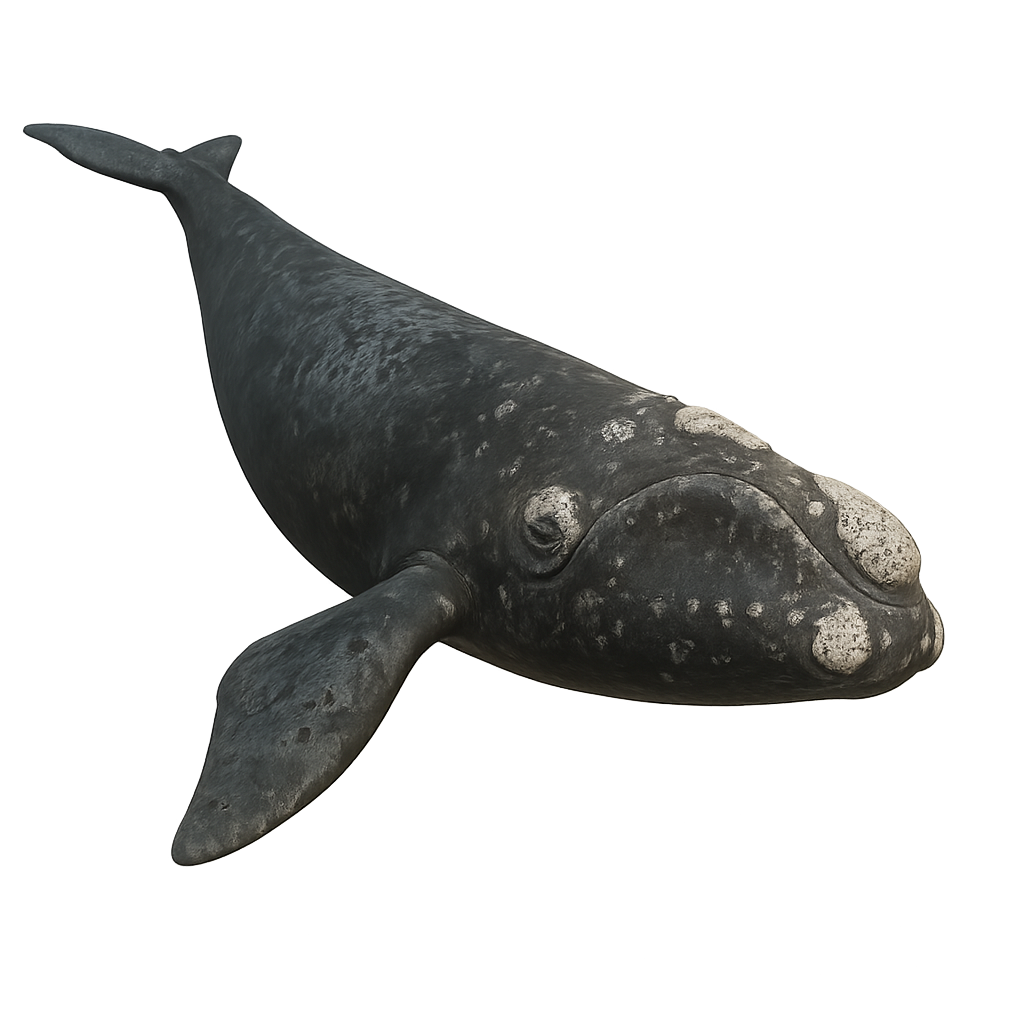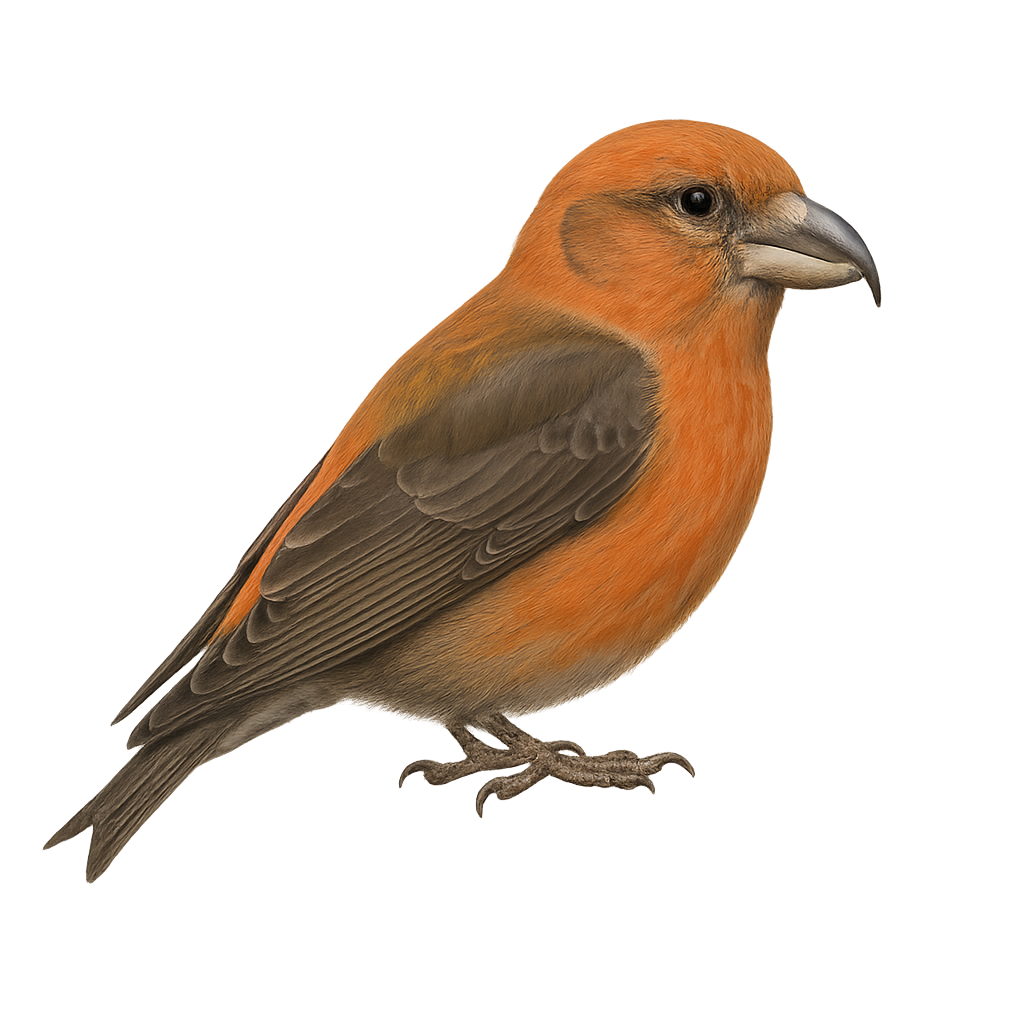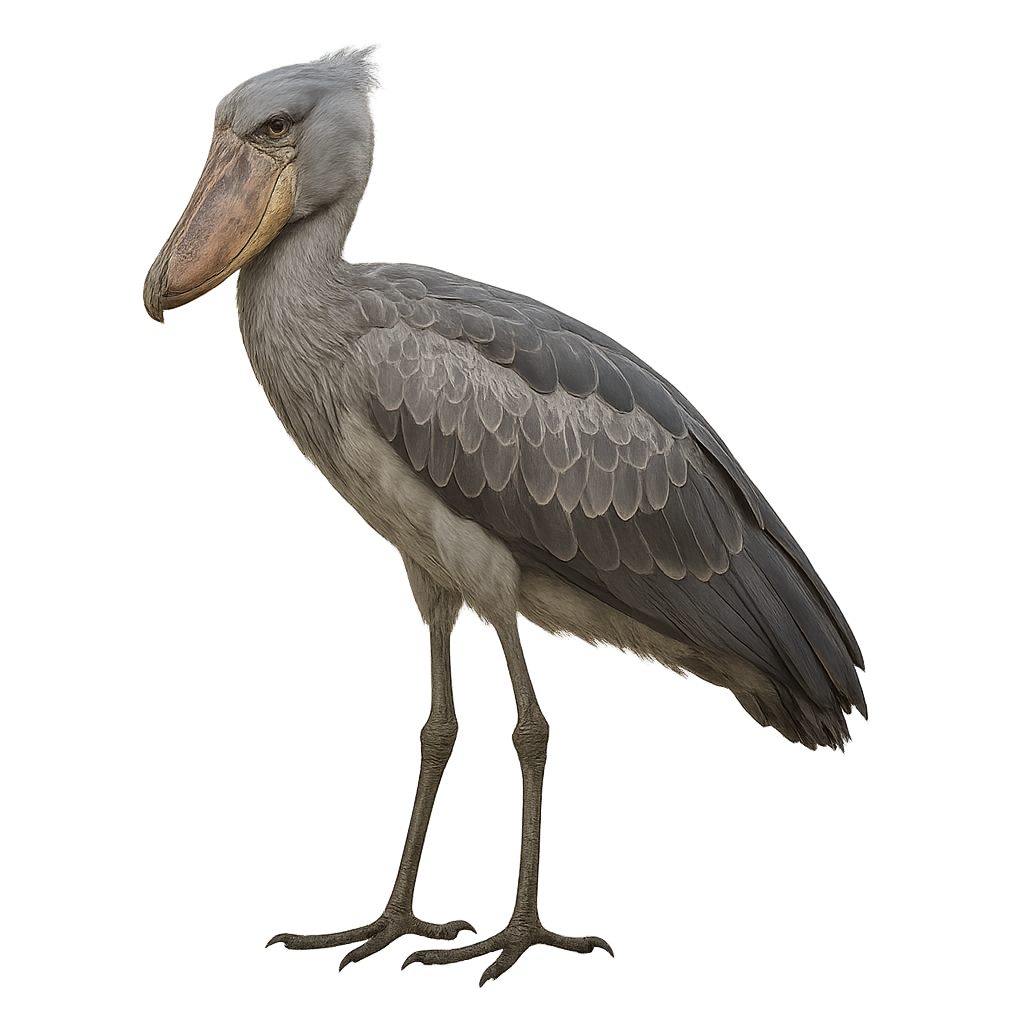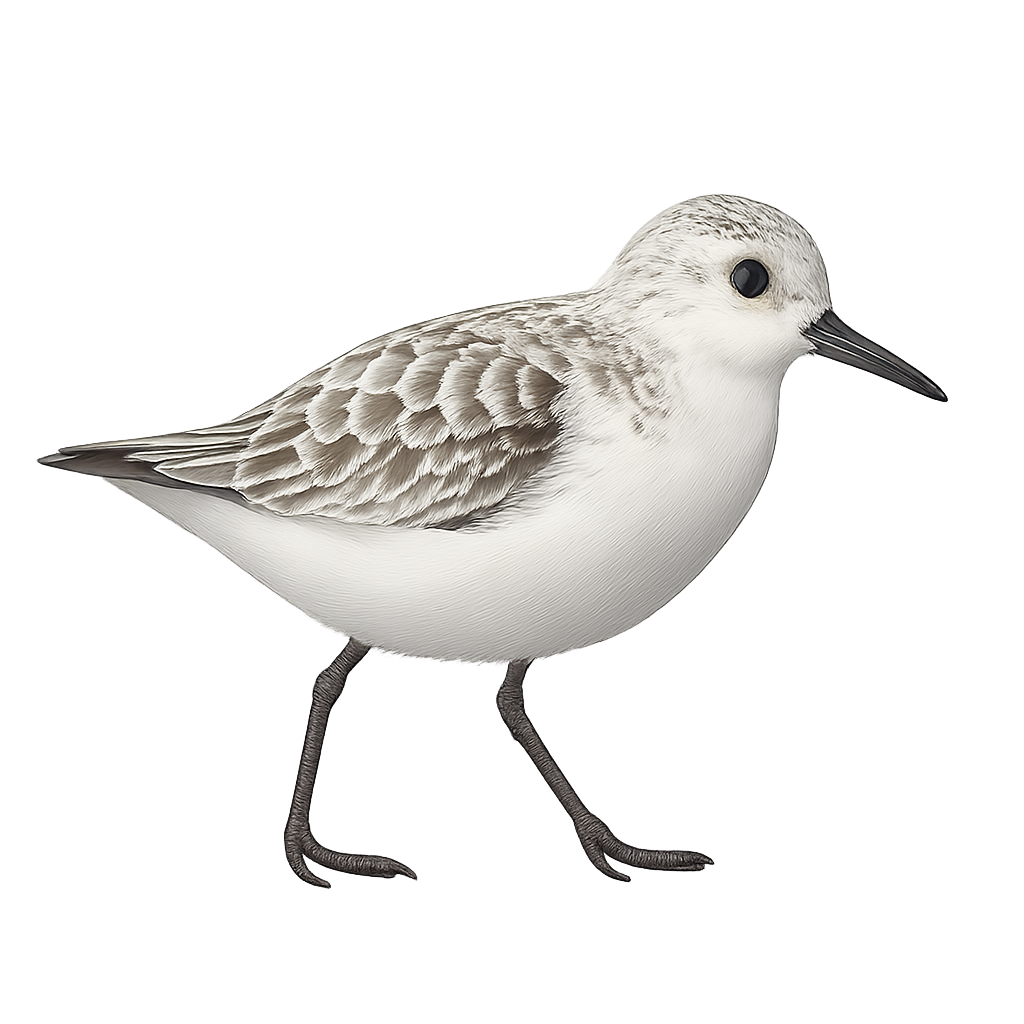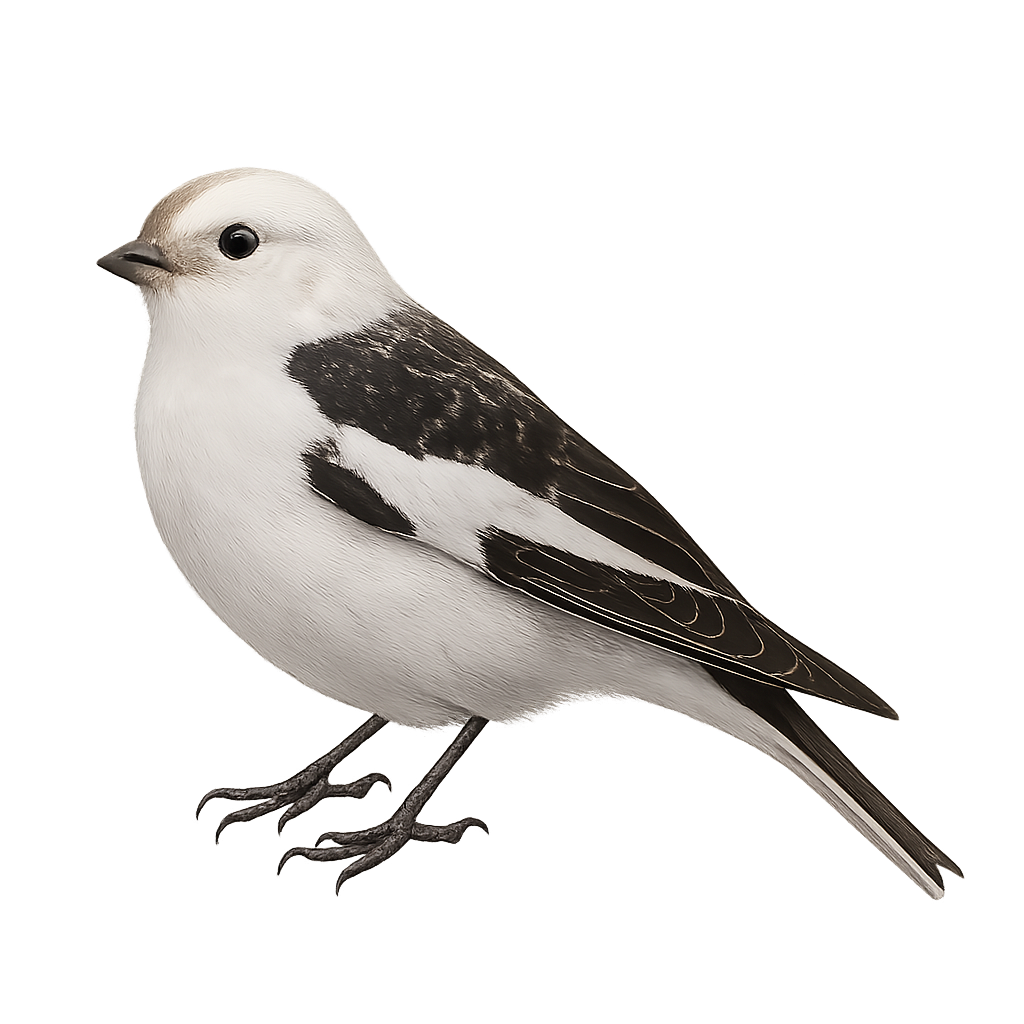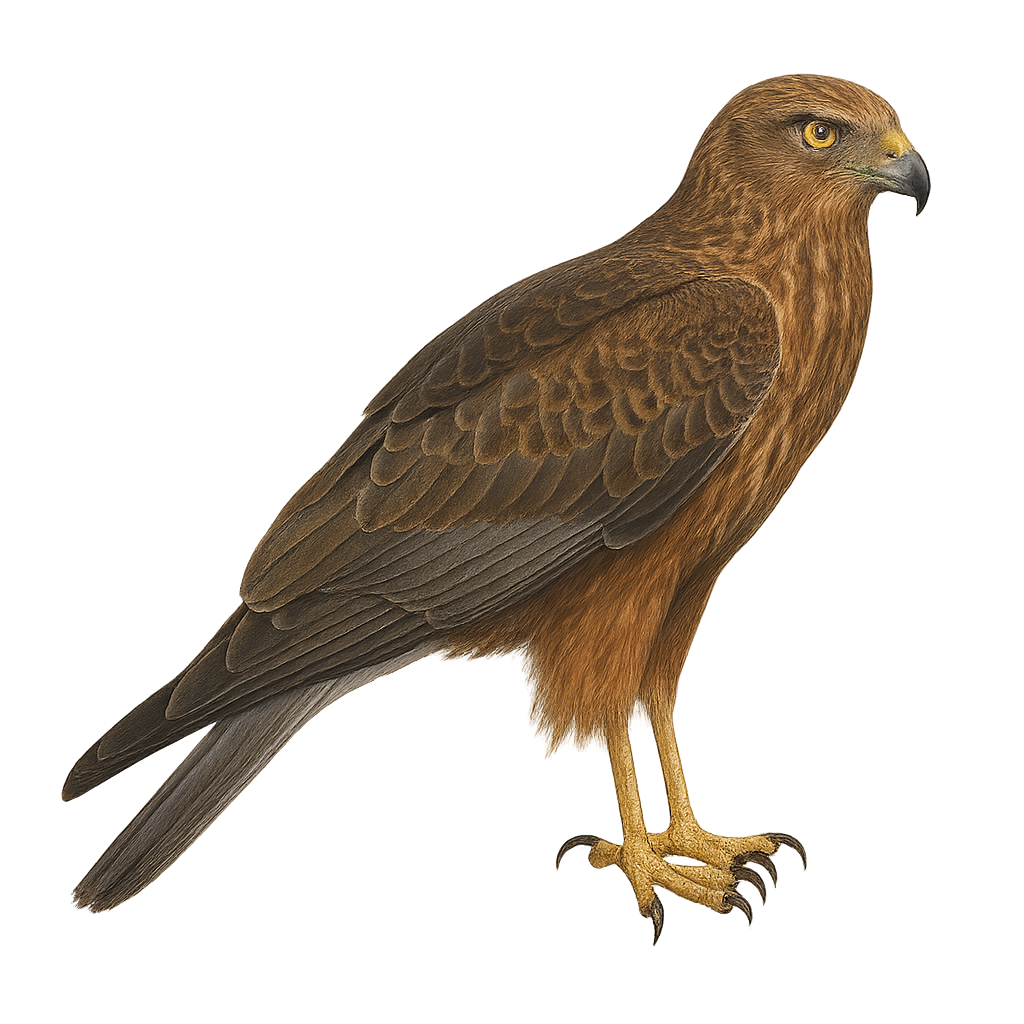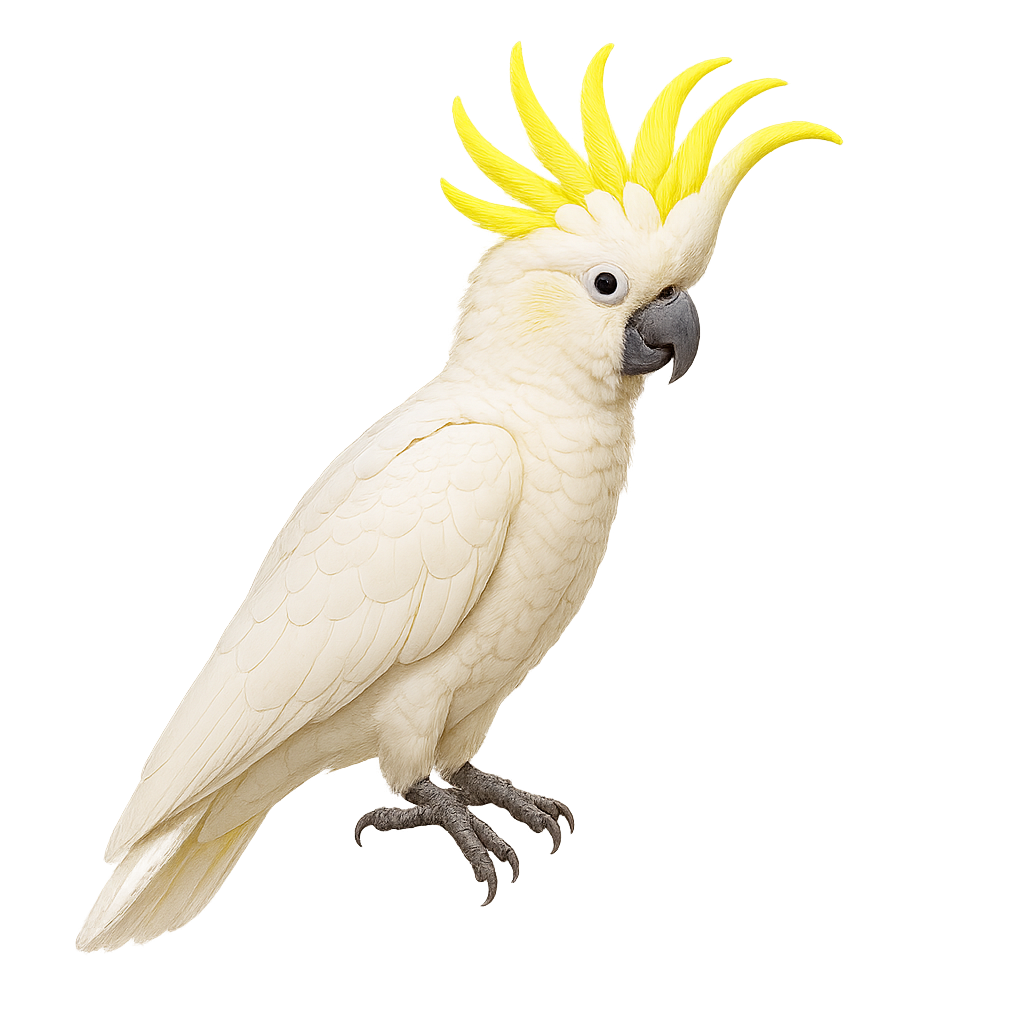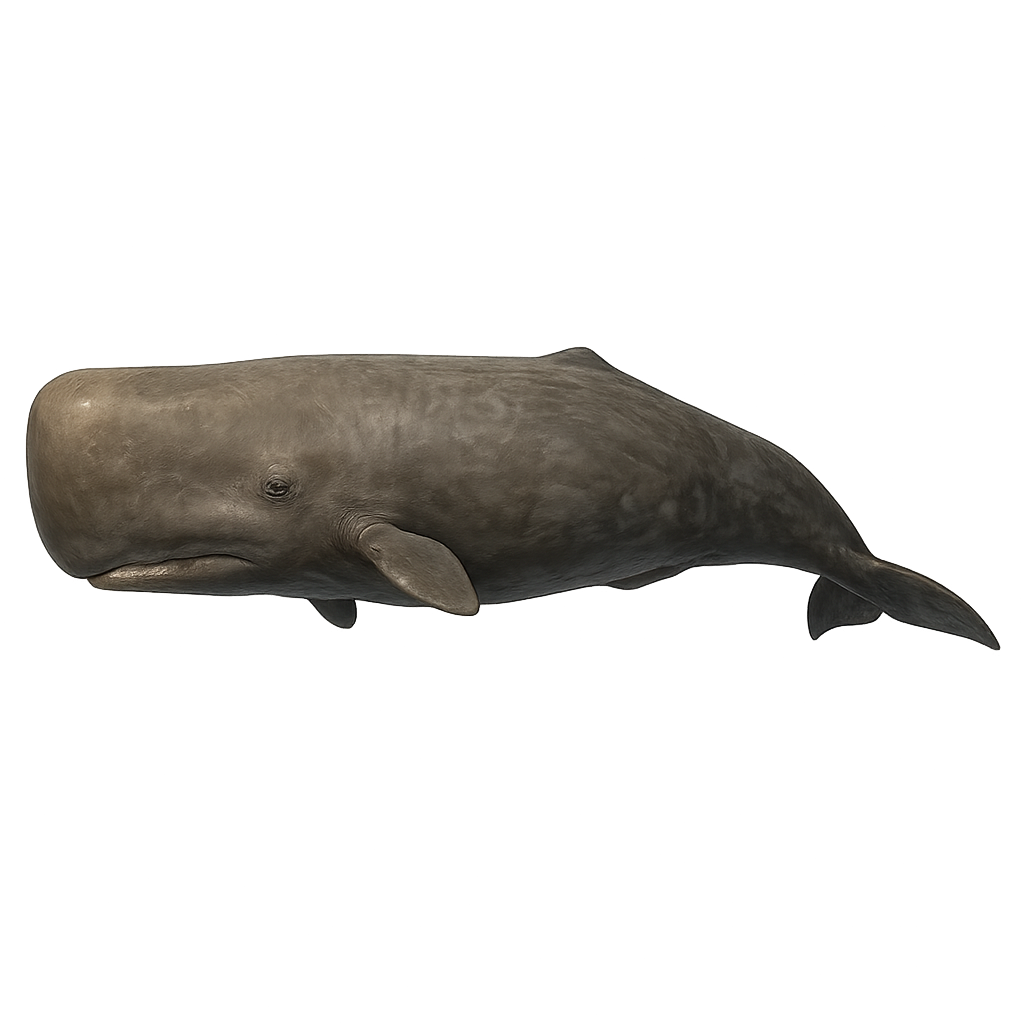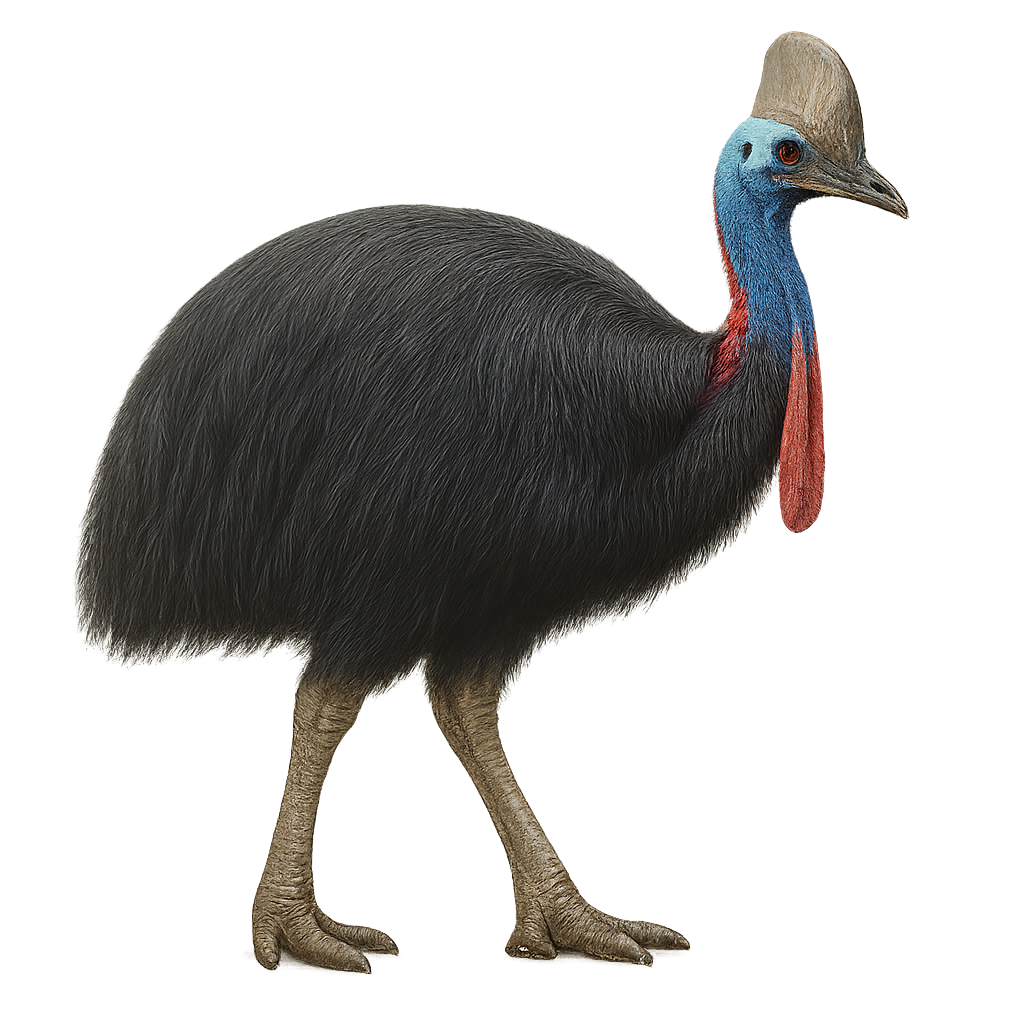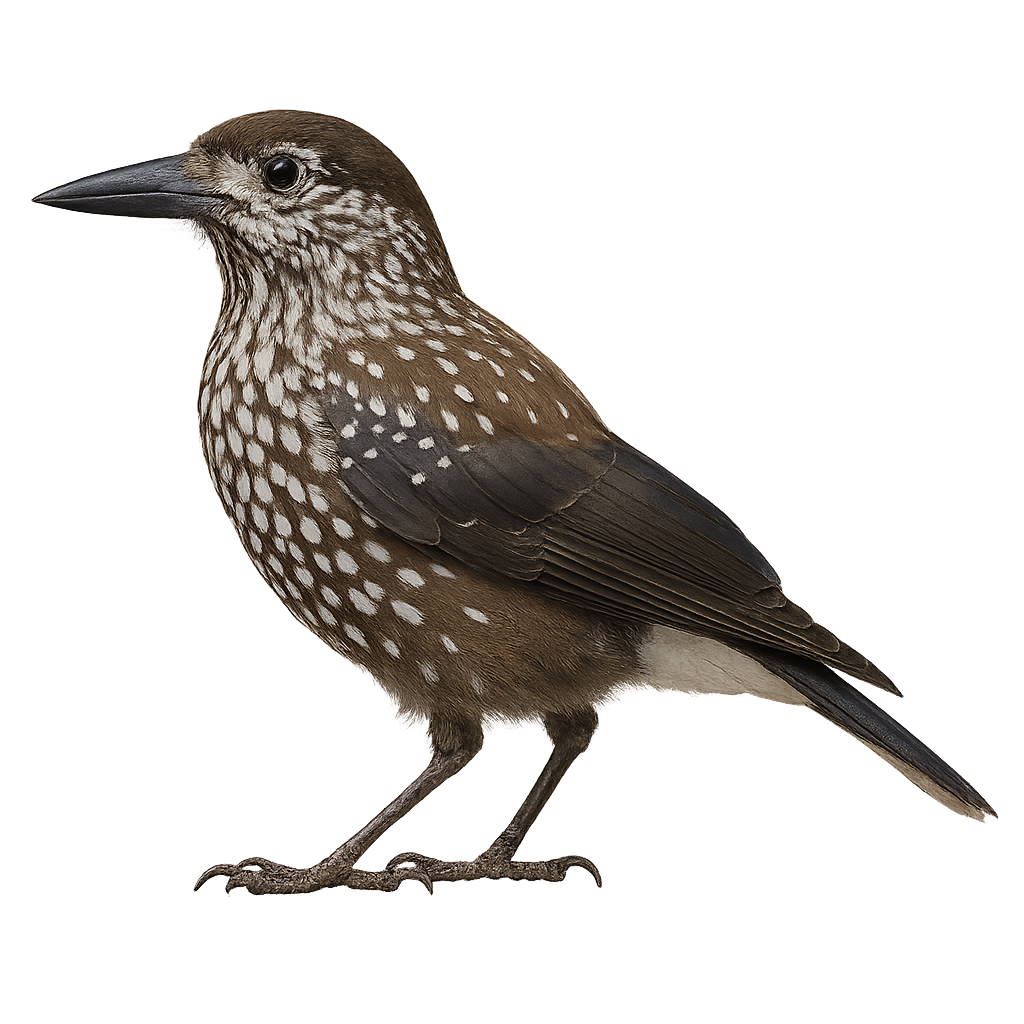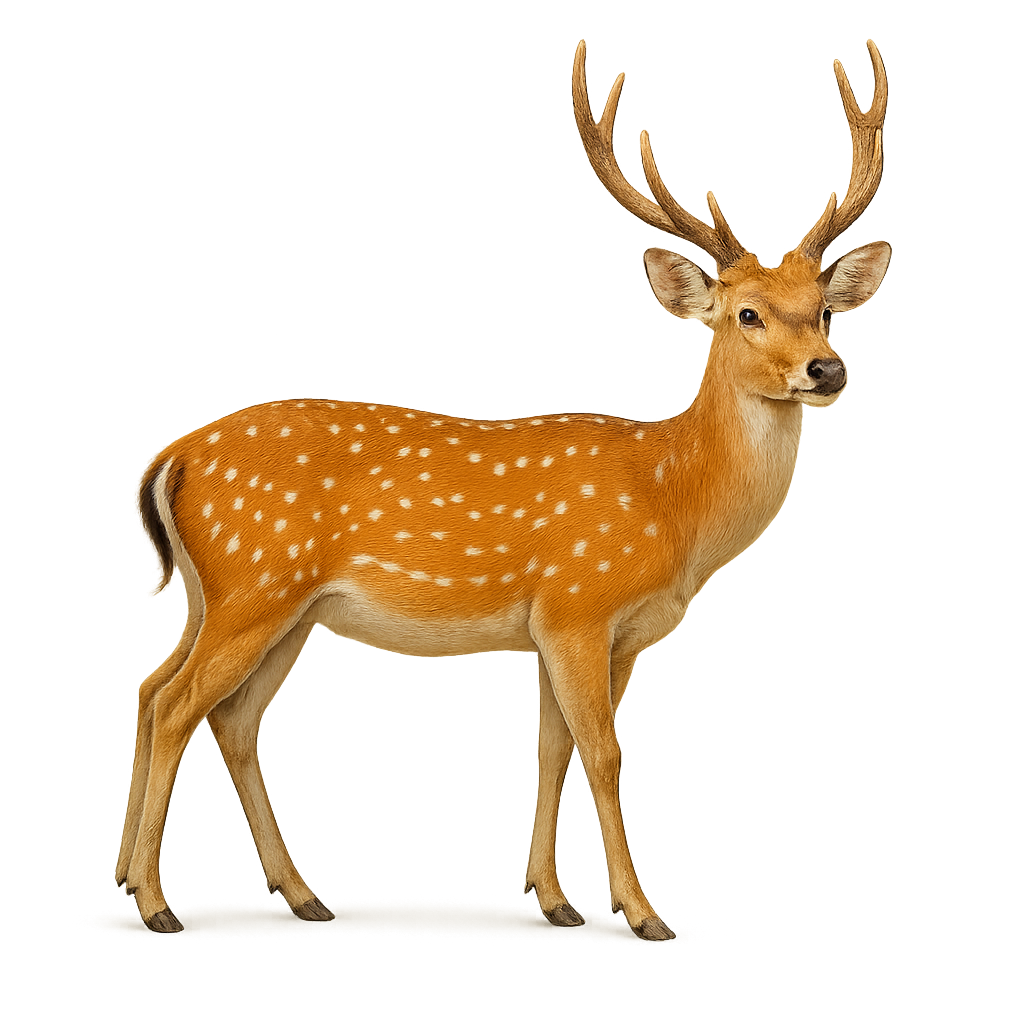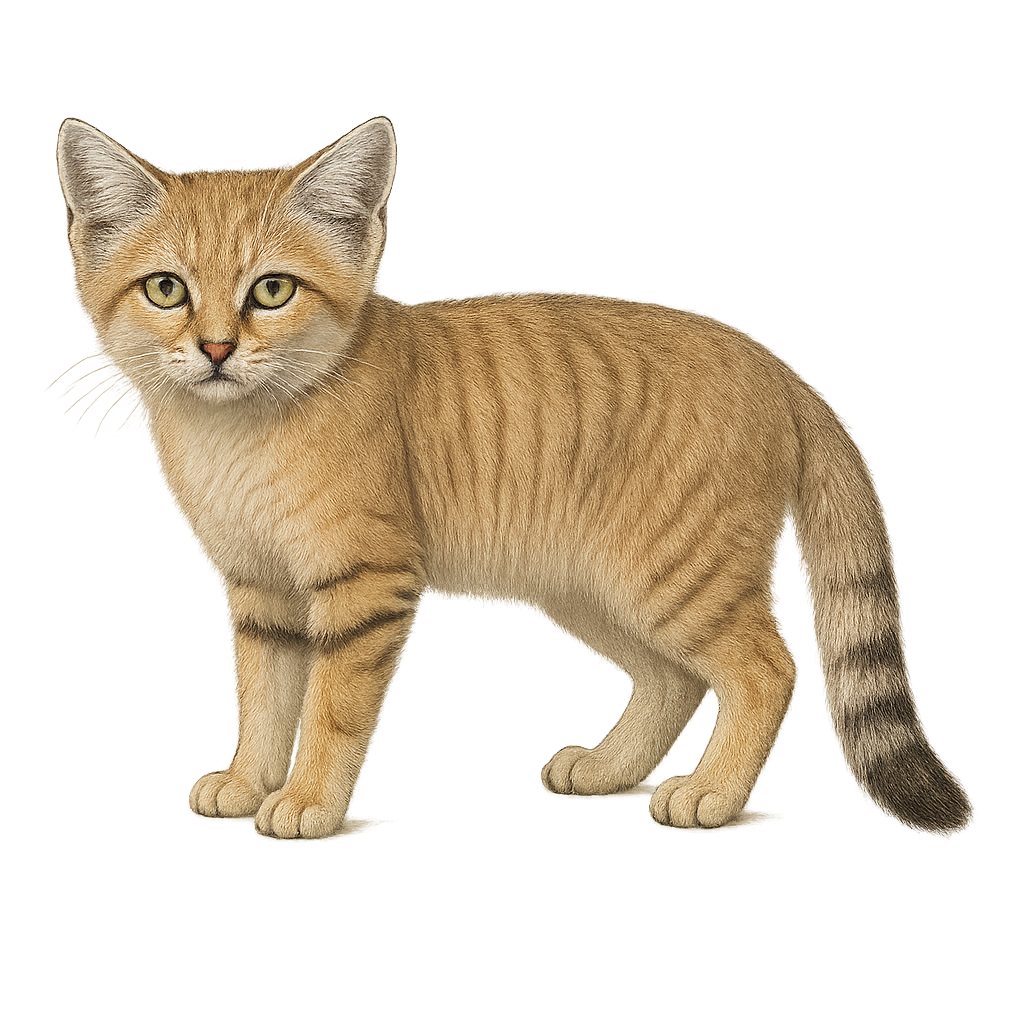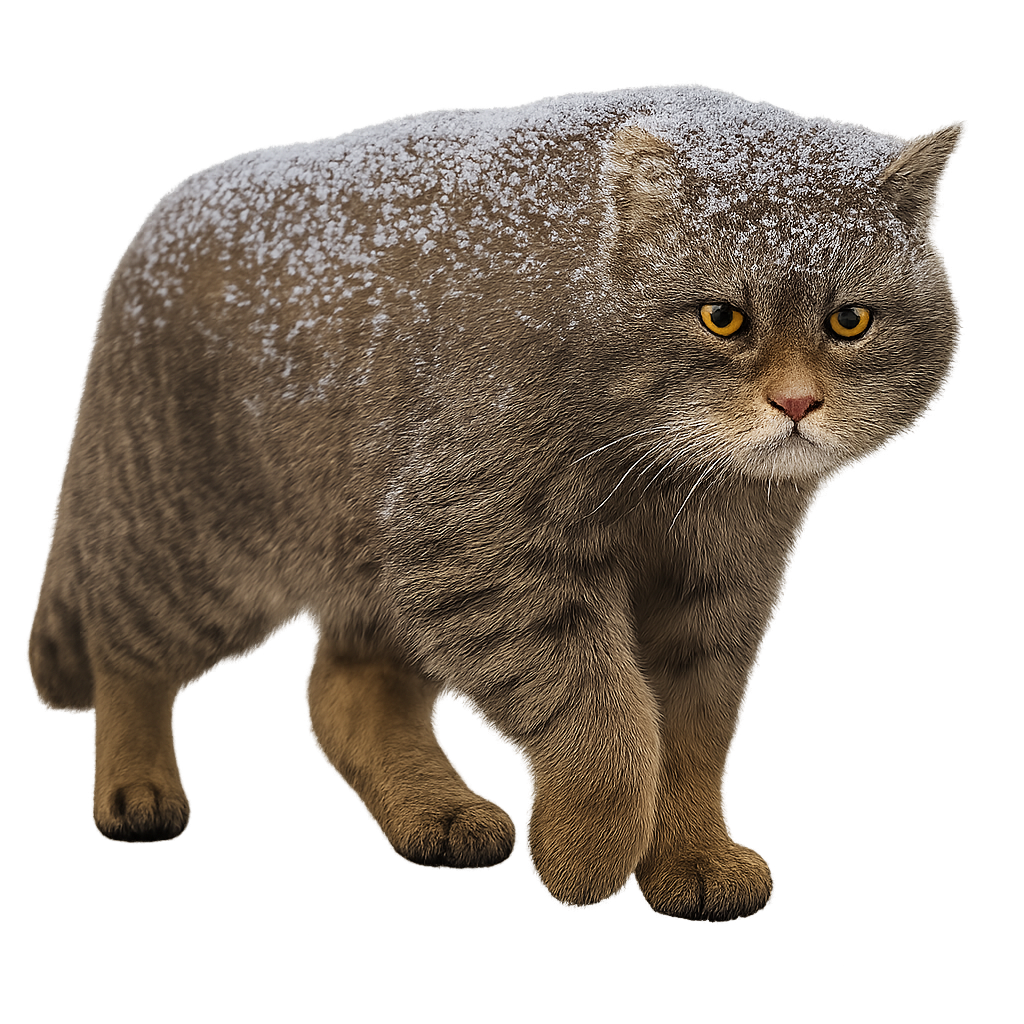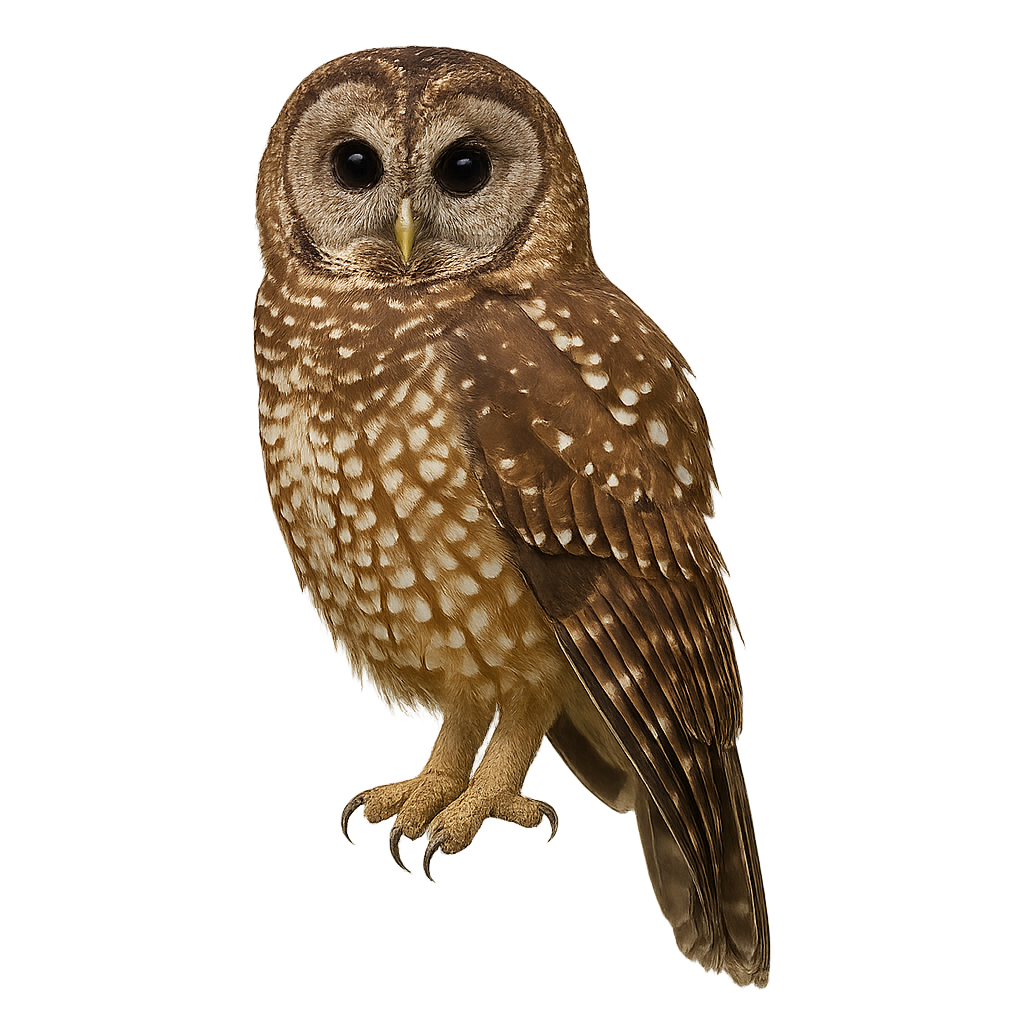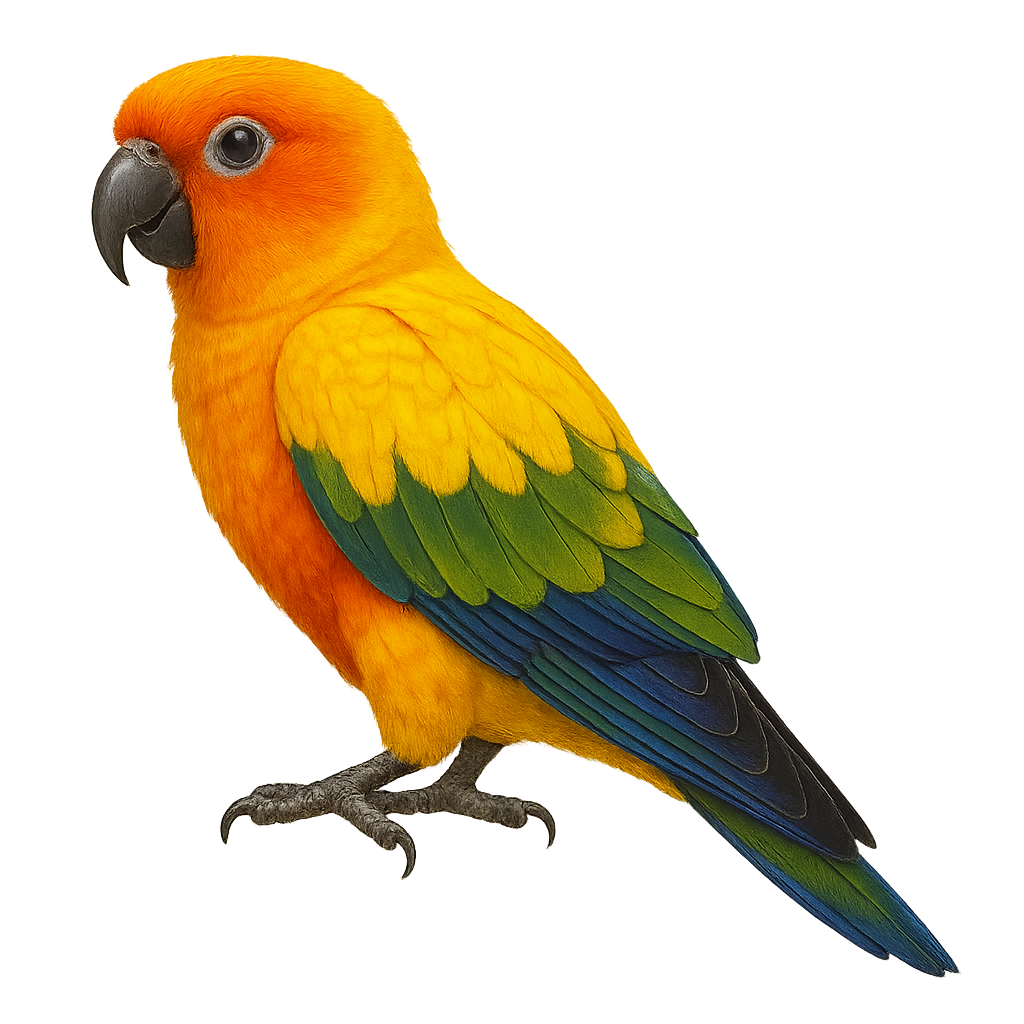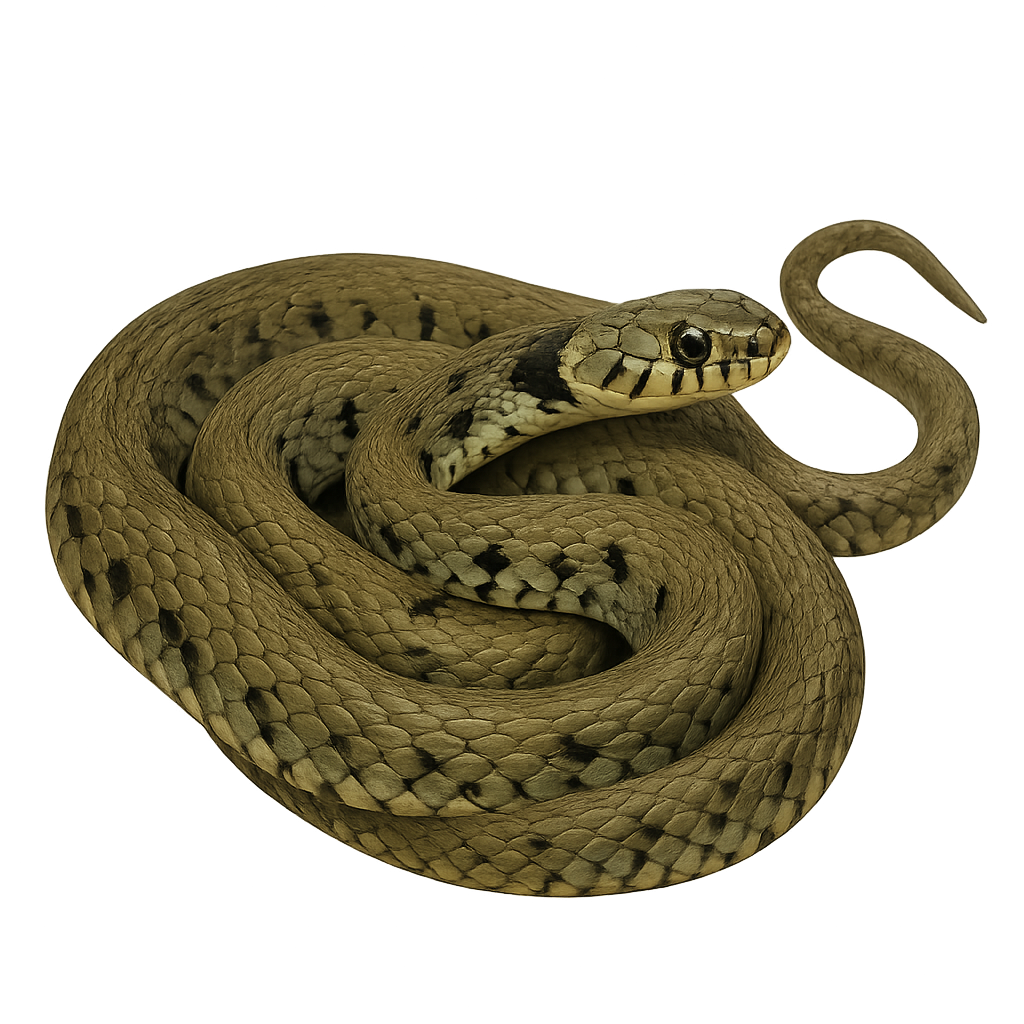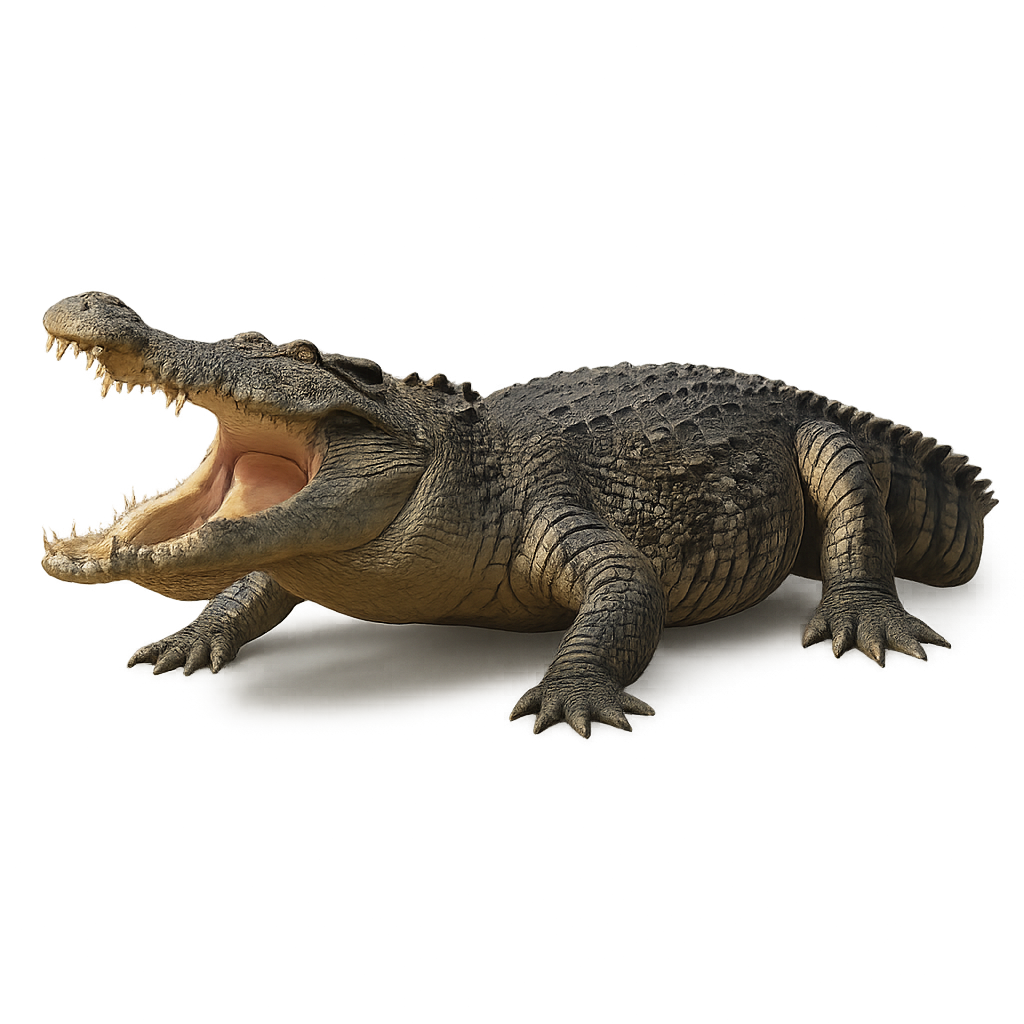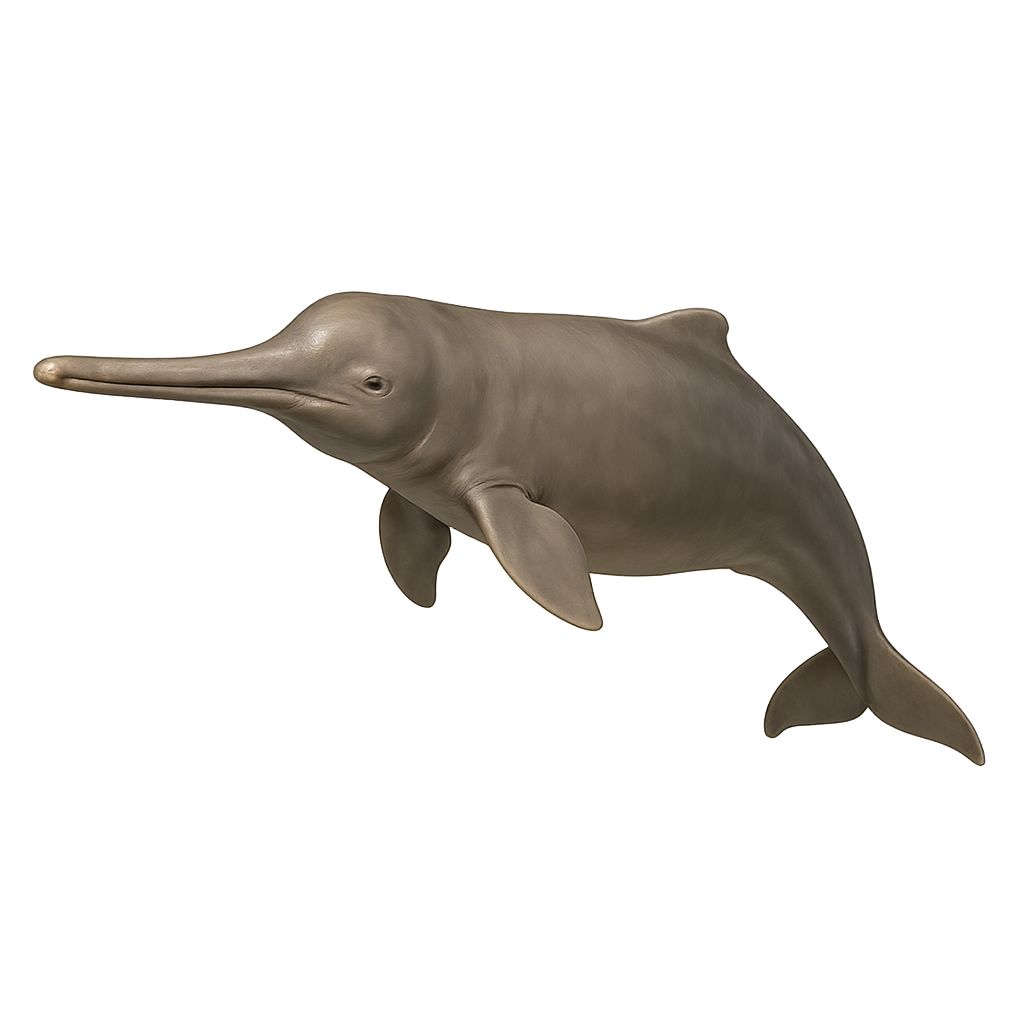The Sinai agama is a small agamid lizard up to 18 cm long (including tail), with olive-brown dorsal coloration marked with dark spots and a slender head. Native to arid regions of northeastern Africa and the Arabian Peninsula, it inhabits rocks, cliffs, and sandy ground, feeding primarily on insects and other arthropods. During the breeding season (April to June), the male turns bright blue and performs head-bobbing and push-up displays to court females.
The Steppe Eagle, Aquila nipalensis, is a large and majestic bird of prey, easily identifiable by its dark brown plumage and broad, powerful wings. It has a lighter head and a strong beak, perfect for tearing its prey. This bird is primarily found in the steppes and grasslands of Central Asia, but migrates to Africa and South Asia during winter. An opportunistic predator, it feeds mainly on small mammals, birds, and carrion. Although it is a solitary hunter, it can sometimes be seen in groups during migration. Its population is declining, mainly due to habitat loss and poisoning.
The Scarlet Macaw is one of the most iconic and colorful parrots, easily recognized by its vibrant red, blue, and yellow plumage. This large parrot primarily inhabits the humid tropical forests of Central and South America, where it feeds on fruits, nuts, and seeds. The Scarlet Macaw is a social bird, living in groups and possessing a highly developed vocal behavior. Its powerful call is often heard throughout the forest canopy. It is also known for its ability to fly long distances, gliding with grace and agility.
Unfortunately, the Scarlet Macaw is threatened in certain regions due to habitat loss and illegal wildlife trade. Conservation efforts are underway to protect this majestic species.
The Somali ostrich, also called the blue-necked ostrich, is a large flightless bird standing 1.5–2.7 m tall and weighing 90–156 kg, with black plumage and a pale blue-gray head and neck in males, and brown plumage in females. Endemic to the Horn of Africa (Somalia, Ethiopia, Djibouti and Kenya), it inhabits dry savannas, grasslands and sparse thornbush, feeding mainly on plants, seeds and insects. Solitary or in small groups, it relies on its remarkable speed to evade predators.
The southern right whale is a large baleen whale in the family Balaenidae, measuring 13–18 m in length and weighing up to 80 tonnes. Its robust body lacks a dorsal fin and is covered with white callosities on the head. It inhabits temperate coastal waters of the Southern Hemisphere and feeds on zooplankton by slow-swimming filter feeding. During the breeding season, females give birth to and nurse calves in sheltered bays.
The Savanna Hawk is an impressive bird of prey, easily recognized by its light brown plumage and large wings, which allow it to fly with agility over the grasslands and savannas of sub-Saharan Africa. This bird is particularly known for its unique hunting techniques, where it chases and captures insects, small mammals, and birds, often flying at low altitudes at high speeds. The Savanna Hawk gets its name from its erratic behavior, often seen during its swift and precise attacks.
The Savanna Hawk is a solitary bird, building its nest in trees, often at great heights, to avoid predators. While not currently threatened, the loss of its habitat due to human expansion could pose a risk to its population.
The Scottish Crossbill, Loxia scotica, is a bird endemic to the coniferous forests of the Scottish Highlands. It is particularly adapted to its environment thanks to its unique crossed bill, which allows it to extract seeds from pine cones, its main food source. This bird exhibits sexual dimorphism, with males displaying a reddish hue while females are more greenish. The Scottish Crossbill is often observed in small groups, and although it is relatively discreet, its melodious song can be heard in the forests. Its population is stable, but due to its restricted habitat, it is considered vulnerable to environmental changes.
The Shoebill stork is a majestic and imposing bird, easily recognized by its large, shoe-shaped bill that allows it to capture fish and small aquatic animals. It is found primarily in swamps, lakes, and wetlands of East Africa, especially in Sudan, Uganda, and Rwanda. This large wader is a slow yet precise predator, sometimes waiting for long hours before striking its prey. The Shoebill is a vulnerable species due to habitat loss and hunting.
The Sanderling is a small wader with a subtle plumage, mostly white and light gray, known for its quick movements along the shore to capture marine insects, crustaceans, and mollusks. This small migratory bird inhabits beaches and coastal areas of Europe, Asia, North America, and South America, primarily feeding at low tide. The Sanderling is often seen in groups, moving in perfect synchronization, a fascinating sight to observe.
During migration, it covers long distances, leaving the cold regions of winter to reach temperate or tropical beaches where it finds food. While not currently threatened, it is sensitive to human disturbance and the loss of its coastal habitats.
The Siberian Ibex, also known as the Asiatic Ibex, is a majestic wild goat species that lives in the rocky mountains of Central Asia, particularly in Russia, Kazakhstan, China, and Mongolia. This imposing animal, with long, curved horns and a dense coat that protects it from harsh winters, typically inhabits the steep slopes of high-altitude mountains.
Herbivorous, the Siberian Ibex primarily feeds on alpine vegetation, grasses, and woody plants. It is particularly agile, capable of moving across rugged terrain and leaping between rocks with ease. While it was once heavily hunted for its valuable horns and meat, conservation efforts have helped stabilize its population, although the Siberian Ibex remains vulnerable due to habitat loss and poaching.
The Snow Bunting, or Plectrophenax nivalis, is a bird from the Calcariidae family. It is easily recognizable by its white and black plumage, which allows it to blend into snowy landscapes of the Arctic and mountainous regions. In summer, it has darker plumage on its back and wings, while its belly remains white. This migratory bird breeds in Arctic and subarctic regions and migrates south in winter, sometimes reaching the northern coasts of Europe and North America. It primarily feeds on seeds and insects, which it finds by foraging on the ground. The Snow Bunting is a sociable bird, often seen in flocks, especially outside the breeding season.
The Swamp Harrier, or Circus approximans, is a medium-sized diurnal raptor commonly found in the wetlands of Australia and New Zealand. It is characterized by its dark brown plumage with lighter shades on the belly and wings. Adults boast an impressive wingspan of up to 1.2 meters. This opportunistic predator primarily feeds on small mammals, birds, and reptiles. It is often seen gliding over marshes and grasslands, using its keen eyesight to spot prey. Although generally solitary, it can be observed in small groups during migration. Its adaptability to various habitats makes it a resilient species, though wetland destruction may threaten some local populations.
The Sulphur-crested Cockatoo, or Cacatua galerita, is a striking bird native to Australia and New Guinea. Easily identified by its vibrant yellow crest, it sports a pure white plumage. Measuring about 45 to 50 cm in length, it has a strong beak and piercing black eyes. Social and intelligent, it lives in flocks that can number in the hundreds. Its loud, harsh call is often heard in forests, savannas, and even urban areas. Opportunistic in nature, it feeds on seeds, fruits, and occasionally insects. While admired for its beauty and intelligence, it can be a pest in agricultural areas.
The Sperm Whale is the largest of the toothed cetaceans and the largest living marine predator today. It is easily recognizable by its massive head, which makes up about one-third of its total body length, and its streamlined body. This cetacean, which can reach up to 20 meters in length and weigh several dozen tons, is a deep-sea creature, primarily feeding on squid, including giant squids, which it hunts at extreme depths.
The Sperm Whale is known for its long migrations, traveling thousands of kilometers between breeding grounds in the tropics and feeding areas in colder waters. Although it was intensively hunted for its oil and blubber in past centuries, it remains a protected species. The Sperm Whale also plays a crucial role in the marine ecosystem by regulating prey populations and maintaining the balance of food chains.
The Southern Cassowary, Casuarius casuarius, is a large and fascinating bird native to the tropical forests of New Guinea, Australia, and surrounding islands. It is distinguished by its glossy black plumage, striking blue head, and unique horned casque. This casque, which can reach 18 cm in height, is used to navigate through dense vegetation. Cassowaries are solitary and territorial birds, known for their shy behavior. They primarily feed on fallen fruits but can also consume small animals and fungi. Their ecological role is crucial as they disperse seeds of many plant species. Although capable of running at high speeds and swimming, they are threatened by habitat loss and vehicle collisions.
The Spotted Nutcracker is a medium-sized bird, easily recognizable by its spotted black and white plumage, which helps it blend perfectly into the coniferous forests where it lives. This passerine is primarily found in the mountainous regions of Europe and Asia, where it mainly feeds on pine seeds and other fruits, which it hides in tree crevices to consume later, a behavior that makes it an excellent food gatherer. The Spotted Nutcracker is also a migratory bird, although it may sometimes remain in colder areas during the winter.
This crow is known for its great intelligence and curious behavior, and it plays a crucial role in the ecosystem by dispersing tree seeds, thus promoting forest regeneration. While the population of this bird is generally stable, it may be threatened by the destruction of forest habitats, particularly in areas where coniferous forests are reduced by logging.
The Sunbittern is a medium-sized bird, about 43 cm long, known for its striking wing patterns that resemble eyespots. When threatened, it fans out its wings like a butterfly or stylized sun to startle predators. It has a long beak, slender neck, and thin legs adapted to walking along rivers and streams. Found in Central and South America, it inhabits shaded riverbanks and humid forests at moderate elevations. Solitary and elusive, it feeds on small fish, aquatic insects, and invertebrates. While not currently endangered, it is vulnerable to habitat loss and water pollution.
The Sika Deer is a medium-sized cervid, native to East Asia, that is distinguished by its spotted coat, especially visible in young individuals and females. Its coat ranges from light brown to reddish, often sprinkled with small white spots that help it blend into its forested environment. The Sika Deer has antlers that, although smaller than those of the Red Deer, are well-developed in adult males. It primarily inhabits deciduous and coniferous forests, as well as mountainous areas.
The Sika Deer is an herbivore, feeding mainly on herbaceous plants, young shoots, and leaves. It is a social animal, living in groups, especially during the breeding season. Outside of this period, Sika Deer may be more solitary or live in small family units. While its population remains stable in certain regions, the Sika Deer is sometimes considered an invasive species in other parts of the world, particularly in Europe, where it has been introduced and can compete with local species.
The Striped Jackal is a small canid found primarily in Africa, inhabiting savannas, open forests, and mountainous regions. It is distinguished by the dark stripes along its flanks, which give it a unique appearance among other jackals. Its coat is typically brown-gray, with lighter markings on the belly and underside of the legs, helping it blend into its natural environment.
The Striped Jackal is an opportunistic carnivore, feeding on small mammals, insects, fruits, and sometimes carrion. While it is primarily solitary, it can occasionally be seen in small groups while foraging for food. A skilled hunter, it uses strategies to capture its prey. Like many canids, it faces threats such as habitat loss and competition with other predators, but its population remains relatively stable.
The side-striped jackal, Canis adustus, is a medium-sized canid found primarily in sub-Saharan Africa. It is distinguished by its gray-brown coat with distinctive white stripes along its sides. This opportunistic carnivore feeds on small mammals, birds, fruits, and carrion. It is often seen alone or in pairs, although family groups may form. Adapted to various habitats, it inhabits savannas, open forests, and agricultural areas. Although generally discreet, it may approach inhabited areas in search of food.
The Felis margarita, commonly known as the sand cat, is a fascinating feline that inhabits the desert regions of North Africa and the Middle East. This small cat is perfectly adapted to its arid environment, with wide, furry paws that allow it to walk on hot sand with ease. Its sand-colored coat provides excellent camouflage in its natural habitat. The sand cat is a nocturnal hunter, feeding mainly on small rodents, birds, and insects. It is known for its ability to survive with very little water, obtaining necessary moisture from its prey. Although discreet and difficult to observe, it plays a crucial role in the desert ecosystem by regulating small animal populations.
The Scottish Wildcat is a rare and endemic subspecies of the European Wildcat, primarily found in the mountains and forests of Scotland. It is recognizable by its dense, thick coat, which ranges from gray-brown to brown with characteristic dark markings on the head, legs, and tail. Smaller and stockier than the domestic cat, the Scottish Wildcat has slightly rounded ears and a sharp gaze, allowing it to blend perfectly into its wooded and hilly environment.
This cat is a discreet and solitary hunter, primarily active at night, feeding on small mammals, birds, and occasionally insects. It is also an excellent climber and can often be seen in trees or rocky areas. The Scottish Wildcat is considered an endangered species due to habitat loss, hybridization with domestic cats, and poaching. Conservation programs are in place to protect this unique subspecies and preserve its habitats.
The spotted owl is a nocturnal owl native to the dense forests of the western United States and Mexico. It is recognizable by its spotted brown plumage, large dark eyes, and round face. It primarily feeds on small mammals, birds, and insects, hunting at night. Threatened by habitat loss, it is protected in certain regions.
The Short-toed Snake Eagle is a large diurnal raptor, easily recognized by its white and light gray plumage, powerful beak, and large, wide, rounded wings. It is primarily found in open areas, steppes, light forests, and hills across Europe, North Africa, and the Middle East. This raptor is distinguished by its unique hunting habits: it feeds almost exclusively on snakes, which it spots using its keen eyesight.
The Short-toed Snake Eagle mainly preys on snakes, including vipers and grass snakes, which it captures by attacking them in flight or grabbing them on the ground. Once it has captured its prey, it kills it with a powerful beak strike before devouring it. Due to its specialized diet, it is often seen in habitats where snake populations are abundant. Although its population remains relatively stable, it is threatened by habitat loss, human disturbance, and illegal hunting in certain regions.
The Scintillant Hummingbird is one of the smallest birds in the world, measuring about 6.5 cm in length. The male has bronze-green upperparts, a bright reddish-orange throat, and a rufous tail with black bars. The female is more subdued, with a buffy throat spotted with green and rufous flanks. This species is endemic to Costa Rica and western Panama, inhabiting forest edges, coffee plantations, and gardens between 900 and 2500 meters elevation. It feeds primarily on nectar from small flowers, such as sages, and supplements its diet with small insects for protein. Although listed as Least Concern, deforestation could threaten its habitats.
The Sun Conure, or Aratinga solstitialis, is a medium-sized parrot renowned for its vibrant plumage. Native to South America, primarily northeastern Brazil, it displays bright colors ranging from golden yellow to orange, with green touches on its wings and back. This parrot is highly social, living in groups in tropical forests, savannas, and wooded areas. Known for its loud call and ability to mimic sounds, the Sun Conure faces threats from deforestation and the illegal pet trade. It is listed as an endangered species by the IUCN.
The European Water Snake is a non-venomous species of snake, easily recognized by the distinct black or brown collar-like markings around its neck. Its body is typically olive or brown, with lighter patterns on the back and sides. This snake typically measures between 50 and 100 cm long, although it can sometimes reach up to 1.5 meters in rare cases.
The European Water Snake primarily inhabits wetland areas, such as lake shores, rivers, and marshes. It is highly agile and spends most of its time hunting fish, amphibians, and small reptiles, which it captures by diving or swimming. Though mainly terrestrial, it is also an excellent swimmer. The species is protected in some areas due to habitat loss. The European Water Snake plays an important role in regulating amphibian populations and controlling small aquatic animals.
The Squacco Heron is a small heron, easily recognizable by its head adorned with long white feathers that form a sort of mane, which gives it its name. Its plumage is primarily beige and white, with brown or gray shades on the wings and back, and a short, thick beak. This heron measures about 45 cm in length, with a wingspan of approximately 80 cm. It is often observed in wetland areas such as marshes, riverbanks, and ponds, where it primarily hunts small fish, aquatic insects, and crustaceans.
The Squacco Heron is a migratory bird found primarily in the Mediterranean regions, but its population is declining due to habitat loss and water pollution. Although it is a rather discreet and solitary bird, it can sometimes be seen in small groups during the breeding season. This heron has a characteristic hunting behavior, walking slowly in shallow water where it probes the ground with its beak.
The Saltwater crocodile is the largest of the crocodiles, reaching up to 7 meters in length. It lives in the saline and brackish waters of the coasts of Southeast Asia, northern Australia, and the islands of the Indian Ocean. A powerful predator, it primarily feeds on fish, birds, and mammals, including large prey such as buffaloes and even sharks. While it is often feared for its size and power, it remains discreet in shallow waters and mangrove swamps. Due to hunting and habitat loss, the Saltwater crocodile is classified as a vulnerable species.
The South Asian river dolphin is a small freshwater cetacean in the family Platanistidae, measuring 2–2.5 m in length, with a pale grey streamlined body and a long narrow beak. It inhabits shallow rivers, oxbow lakes, and canals of the South Asian subcontinent, feeding mainly on freshwater fish and crustaceans. Blind, it uses echolocation to navigate and hunt in turbid waters.


